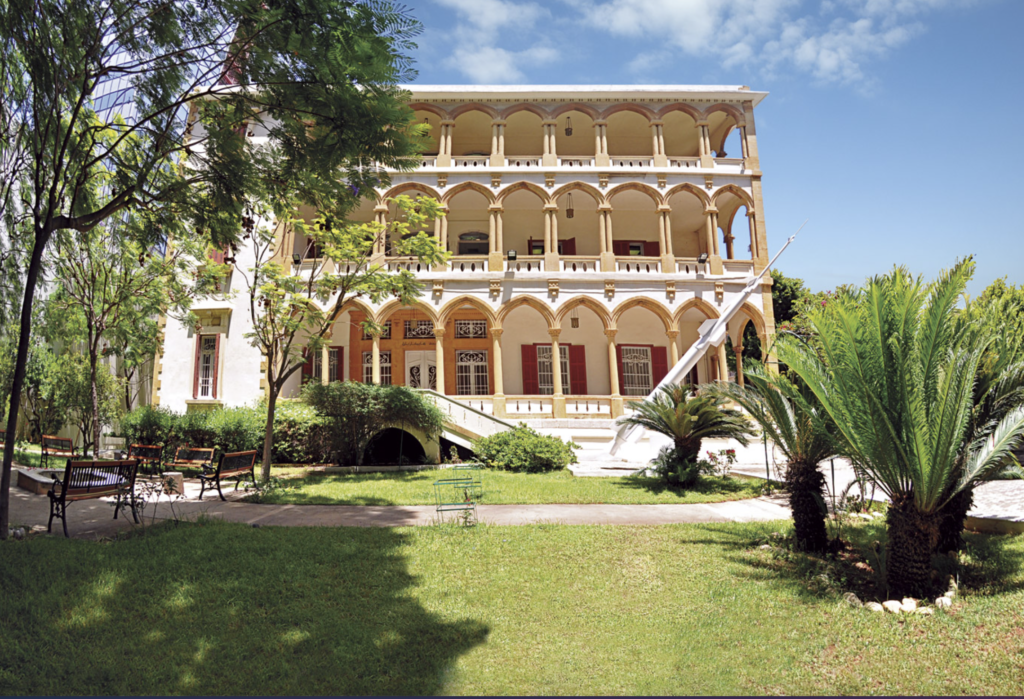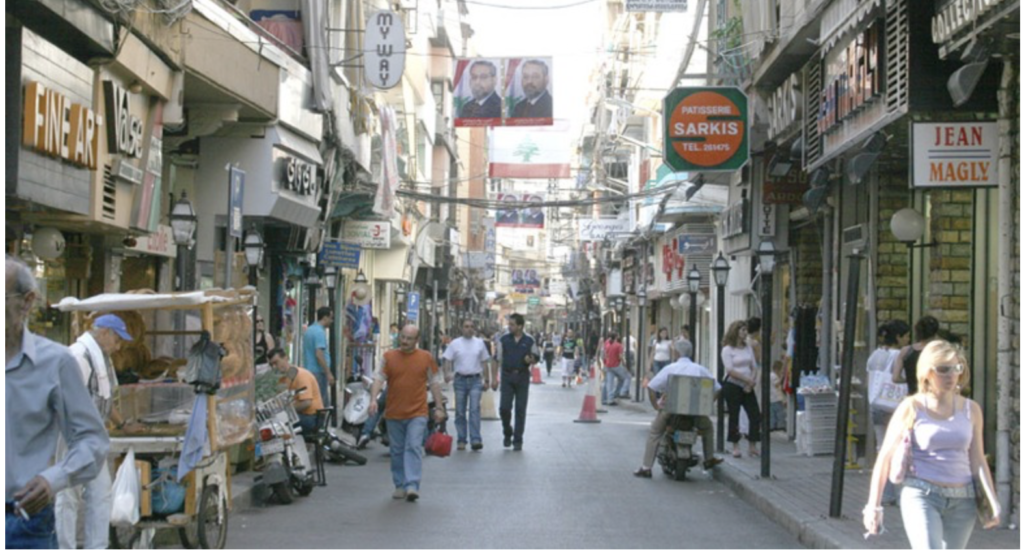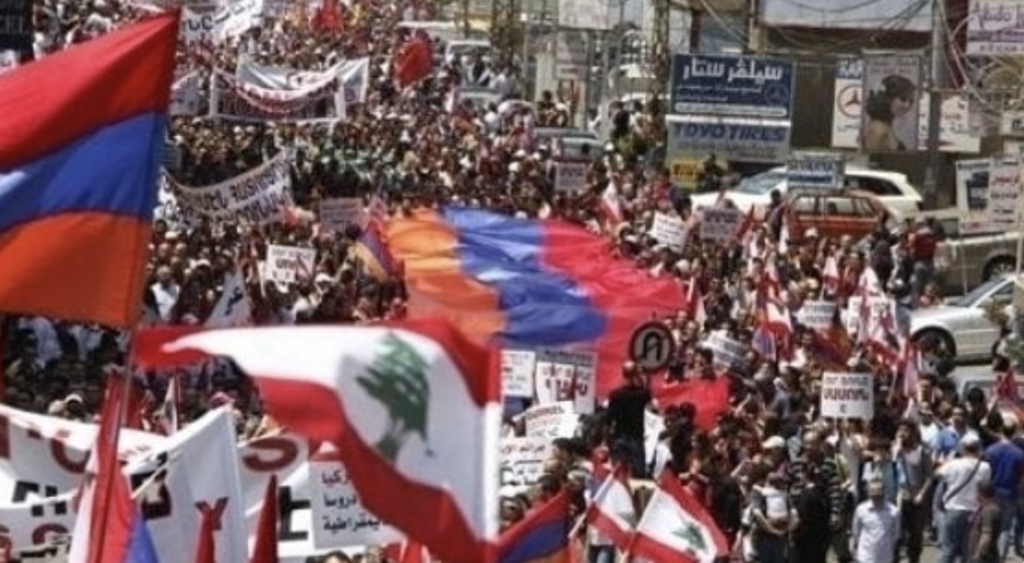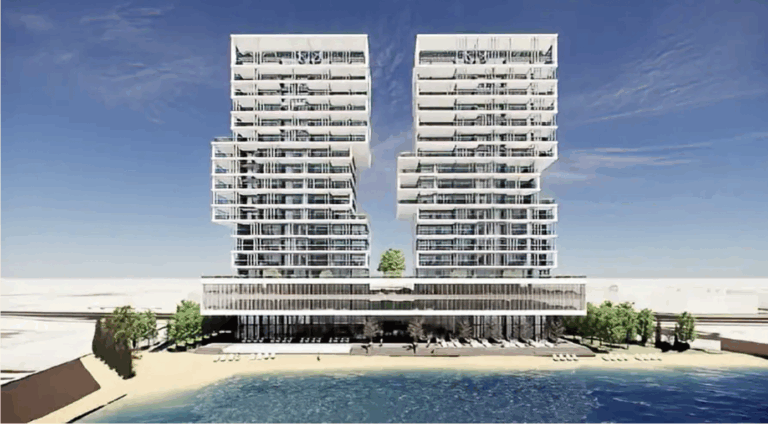By Andrea Tucci,
Armenians died after the Ottoman genocide, caused by the Turks who killed one and a half million people. In 1915, they began to flee to various directions and countries, including Lebanon, where they settled in large numbers and it became a homeland to them.
In Lebanon, their numbers rapidly surged after they arrived, as refugees, settled in villages in the Bekaa Valley and the Metn region. In the 1925 the government of the cedars, granted the Lebanese citizenship to the Armenian. Since the beginning the Armenians did not engage in Lebanese political life. During the Lebanese Civil War, Armenians in Lebanon entrenched themselves in their neighborhoods and refused to take up arms, aligning neither with the Muslim supporters of the Palestinian Liberation Organization nor with the major Christian parties like the Kataeb and the Lebanese Forces. Whenever any of the warring factions approached them, they either expelled or eliminated them, allowing them to maintain their neutrality until the end of the civil war in 1990.
Lebanese of Armenian origin founded a thriving neighborhood in Beirut that still exists today, commonly called Bourj Hammoud.
Armenians entered the Lebanese way of life through the economy and the first factor is due to the fact that Armenians were an organized nation of people . Armenians founded colleges and universities, preserving the Armenian language. The secondary factor is their knowledge of professions.

Haigazian University in Beirut is named in honor of Dr. Armenag Haigazian an Armenian theologian, scientist, linguist and musician
Their presence in the refugee camps in Aleppo, for example, taught them different crafts and professions, and when they arrived in Lebanon most of them were craftsmen, and from here they quickly made their way into the economy, and the Lebanese industry flourished when they turned their craft into an industry.
The Bourj Hammoud area, situated in the north of Beirut, is considered the capital of the Armenians in Lebanon it remained, along with some of the surrounding areas, witness to a unique experience in the world of economy, finance, trade, and industry. When you go to these areas, you see the overwhelming Armenian presence through the names of the streets, the shops, and institutions, in addition to school, university, clubs. Lebanese environment was conducive to work and productivity, with low taxes and few laws that hinder work. And these people were able, despite the language barrier, to “develop themselves and acquire extensive and advanced scientific knowledge.”
Over time, especially in the last ten years, the characteristics of the region have begun to change.
What became clear was not the decline of the Armenian presence in and of itself, but what subsequent crises had done to them, closing dozens of businesses, hence the migration of young people to countries abroad, especially with the exacerbation of the political conflict and economic crisis in Lebanon after 2019 and with the Beirut port explosion in 2020 was accompanied by the emergence of many communities of different nationalities in that region to the detriment of the Armenian presence.

Arax Street in Bourj Hammoud, Beirut

April 24, Armenian Genocide Remembrance Day in Lebanon
Today, unfortunately, all of Lebanon is suffering from the crisis and the entire Lebanese people are experiencing this situation, including the Lebanese of Armenian origin.
Lebanon has not conducted a population census since the 1930s, but media estimates currently place the Armenian population at around 150.000.
.




